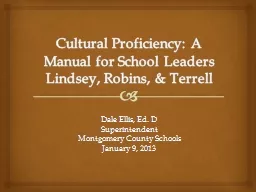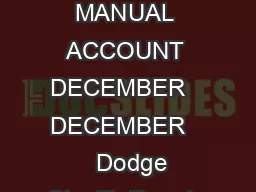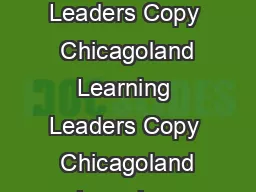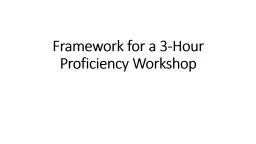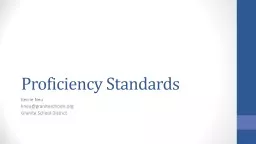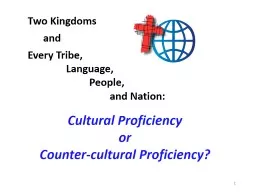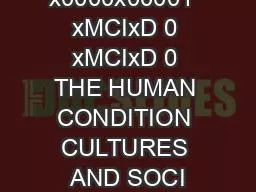PPT-Cultural Proficiency: A Manual for School Leaders
Author : aaron | Published Date : 2018-11-01
Lindsey Robins amp Terrell Dale Ellis Ed D Superintendent Montgomery County Schools January 9 2013 Cultural Proficiency is a mindset a worldview a way a person
Presentation Embed Code
Download Presentation
Download Presentation The PPT/PDF document "Cultural Proficiency: A Manual for Schoo..." is the property of its rightful owner. Permission is granted to download and print the materials on this website for personal, non-commercial use only, and to display it on your personal computer provided you do not modify the materials and that you retain all copyright notices contained in the materials. By downloading content from our website, you accept the terms of this agreement.
Cultural Proficiency: A Manual for School Leaders: Transcript
Download Rules Of Document
"Cultural Proficiency: A Manual for School Leaders"The content belongs to its owner. You may download and print it for personal use, without modification, and keep all copyright notices. By downloading, you agree to these terms.
Related Documents

